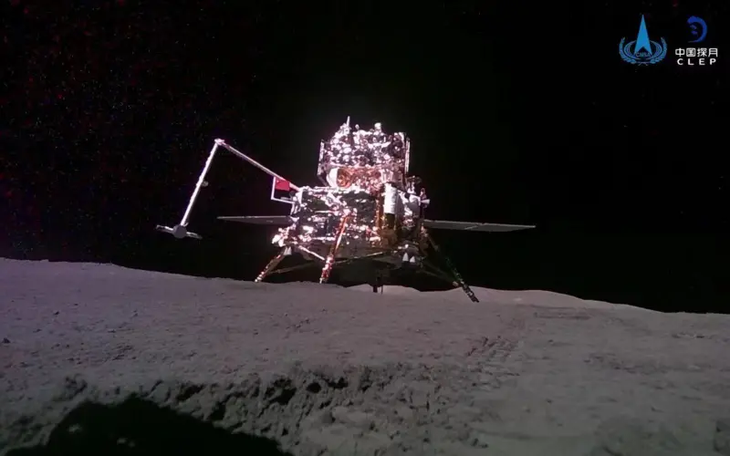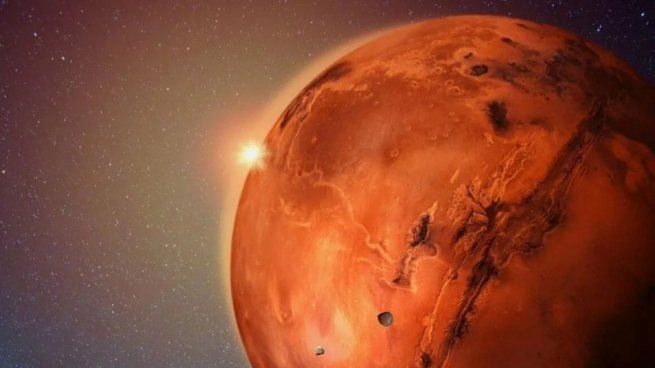The Asian giant plans to launch its mission in 2028, overtaking NASA. The main objective of the mission will be to find signs of life on the red planet.
In recent years, a new space race is being experienced in the world. Various countries are betting on developing their space exploration industrymultiplying missions to achieve new milestones and expand boundaries. In this context, China confirmed that it will launch its Tianwen-3 mission in 2028 with the aim of bringing back samples from Mars.
The content you want to access is exclusive for subscribers.
The mission will last approximately 2 years, so the samples would only arrive at the planet Earth in 2030anticipating NASA’s plans. During 2024, the Chinese Chang’e Mission 6 managed to bring, for the first time in history, samples of the dark side of the Moon.


China and its mission to reach Mars
The announcement was made during the 2nd International Conference on Deep Space Exploration, held in the city of Huangshan, in the eastern province of Anhui. There, Liu Jizhong, chief mission plannerrevealed new details of the Asian giant’s project.
Chang’e6.webp

In June, the Chang’e 6 mission managed to bring back the first samples from the far side of the Moon.
CNSA
The main objective of the mission will be to find signs of life on the red planet, which represents a “significant technological challenge for Chinese space engineers“, according to Liu. Among the numerous challenges, the Chinese authorities highlighted the collection of samples on the Martian surface, the takeoff from Mars and docking in the planet’s orbit.
The mission will consist of 13 phases with on-site and remote sensing. Liu explained that the expedition will include payloads developed in collaboration with other countries and will be carried out joint studies on the samples collected.
Mars It does not represent uncharted territory for the China National Space Administration (CNSA). In 2021, the Asian country managed to get the Zhurong rover safely to Utopia Planitia, a vast plain on the red planet. Since then, the robot has been moving on the surface and analyzes rocks, dunes and plains in search of an ancient sea.
NASA’s surprising discovery on Mars
Despite the advances of its fiercest competitor, NASA is not far behind and is advancing in the knowledge of the great red planet. In recent weeks, NASA discovered a subterranean ocean between 11 and 20 kilometers deep beneath the surface of Mars,
The new discovery was achieved thanks to the work of the InSight exploration module and was published in the journal “Proceedings of The National Academy of Sciences.” This finding was made from detected seismic anomalies and captured images, which led to the development of hypotheses about possible ancient river channels and lake deposits.
They claim that the water on Mars was too salty to support life

The search for water on Mars, one of the great keys to the hypothesis of the existence of life on the red planet.
The InSight module arrived at Mars in 2018 and remained on that planet until 2022. The original mission was based on detecting tremors coming from a region close to the ship, so it left aside the exploration and investigation of an important part of the planet.
Recent evidence obtained by NASA suggests the presence of liquid brines In some areas, which could provide a suitable environment for microbial life. With the latest data, the theory that the magma ocean has kept the core too hotpreventing the formation of magnetic field on Mars.
Source: Ambito
I am an author and journalist who has worked in the entertainment industry for over a decade. I currently work as a news editor at a major news website, and my focus is on covering the latest trends in entertainment. I also write occasional pieces for other outlets, and have authored two books about the entertainment industry.




